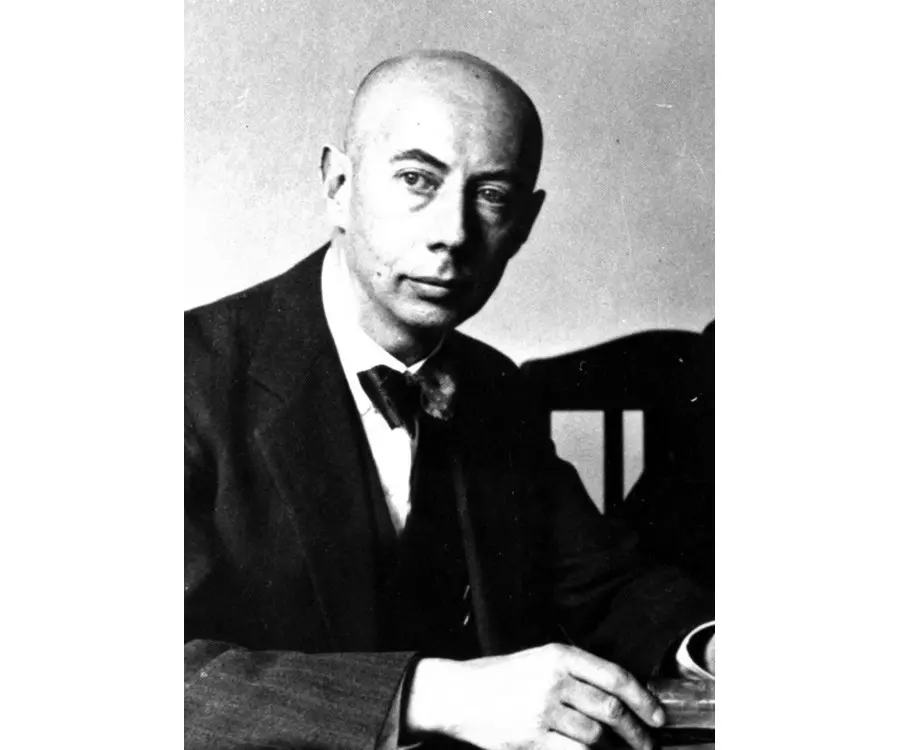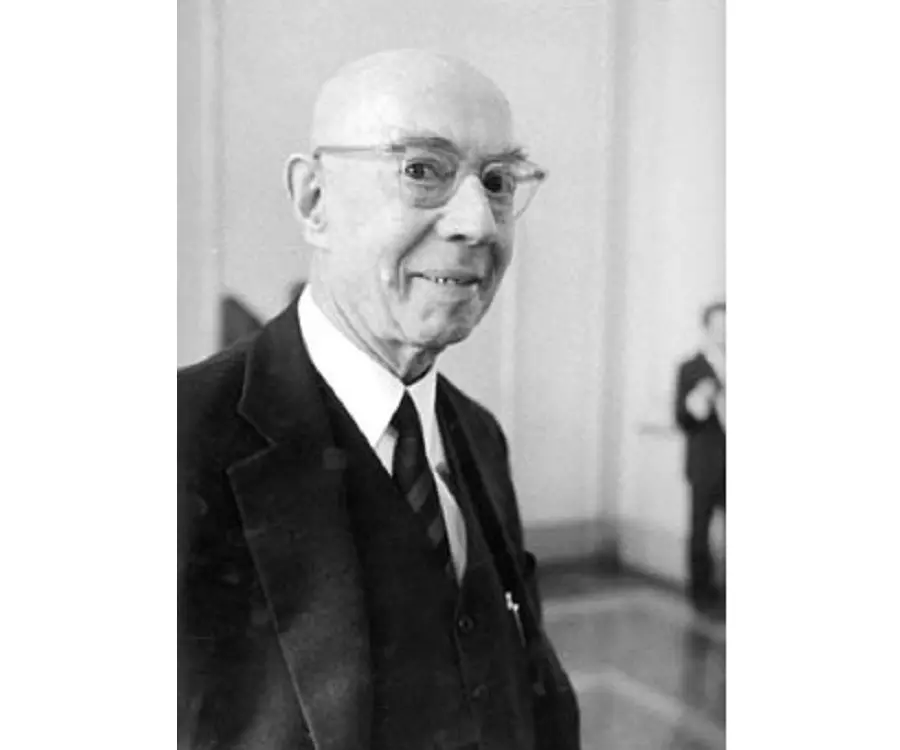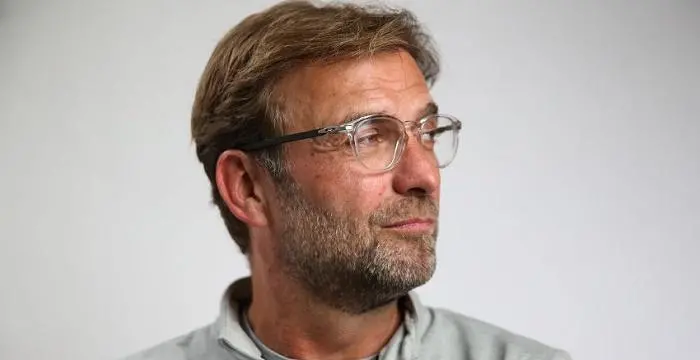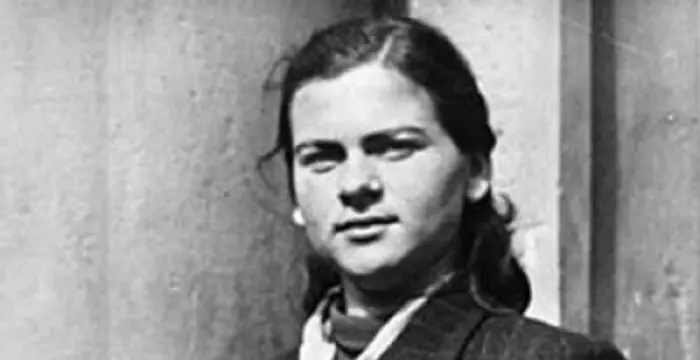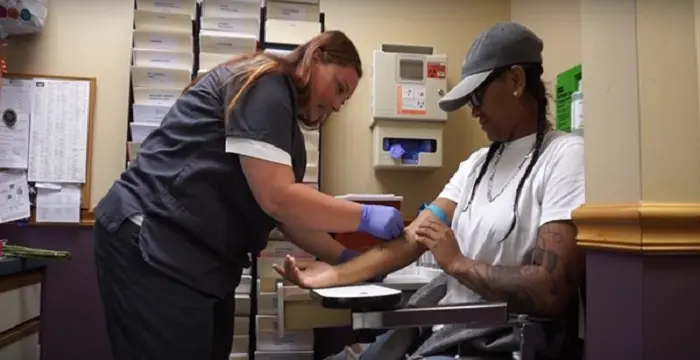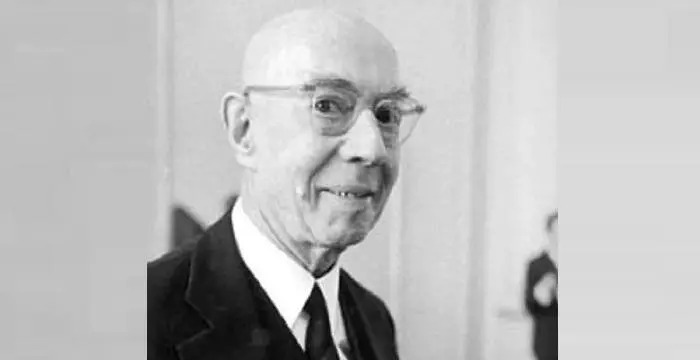
Gustav Ludwig Hertz - Physicists, Timeline and Personal Life
Gustav Ludwig Hertz's Personal Details
Gustav Ludwig Hertz was Nobel Prize winning German physicist who did path breaking work in the field of inelastic electron collisions in gases
| Information | Detail |
|---|---|
| Birthday | July 22, 1887 |
| Died on | October 30, 1975 |
| Nationality | German |
| Famous | Scientists, Physicists |
| Universities |
|
| Birth Place | Hamburg |
| Gender | Male |
| Sun Sign | Cancer |
| Born in | Hamburg |
| Famous as | Physicists |
| Died at Age | 88 |
// Famous Scientists
Juliane Koepcke
Juliane Koepcke is a German-Peruvian biologist, who was the lone survivor among the 92 passengers and crew of the ill-fated LANSA Flight 508 that crashed in the Peruvian rainforest on 24 December 1971. Know more about her life in this biography.
Henry Cavendish
Henry Cavendish was a theoretical chemist and physicist, renowned for discovery of hydrogen and calculation of the mass of earth. To know more about his childhood, profile, timeline and career read on
Konstantin Tsiolkovsky
Konstantin Tsiolkovsky was a Russian rocket scientist and a pioneer of astronautics. This biography provides detailed information about his childhood, family, personal life, career, achievements, etc.
Gustav Ludwig Hertz's photo
Who is Gustav Ludwig Hertz?
Gustav Ludwig Hertz was Nobel Prize winning German physicist who did path breaking work in the field of inelastic electron collisions in gases. In a career that spanned over five decades, he became one of the most important physicists of the 20th century. Gustav Ludwig Hertz made his most important discovery when he had just started off as a researcher in the University of Berlin but his career was brought to a brief halt when he had to serve the army after the break out of the First World War. Hertz returned in three years and continued from where he left off and made a name for himself as one of the most important scientists of his generations. Unlike many other scientists of his time Hertz wasn’t always in academia and in fact worked in senior researcher positions for giant corporations like Philips and Siemens. When his career was at its zenith, Hertz faced persecution from the Nazi Party in Germany owing to his Jewish heritage and hence he went to the then Soviet Union in order to play a pivotal role in their nuclear programme. However, he did return to Germany and continued his career as a top scientist.
// Famous Physicists
Henry Cavendish
Henry Cavendish was a theoretical chemist and physicist, renowned for discovery of hydrogen and calculation of the mass of earth. To know more about his childhood, profile, timeline and career read on
Walter Kohn
Nobel Laureate Walter Kohn was an Austrian-born American theoretical chemist and physicist. Check out this biography to know about his childhood, life, achievements, works & timeline.
Nikola Tesla
Nikola Tesla was a Serbian-American inventor, best known for his development of alternating current electrical systems. This biography of Nikola Tesla provides detailed information about his childhood, life, achievements, works & timeline.
Childhood & Early Life
Gustav Ludwig Hertz was born on 22 July 1887 in the city of Hamburg in Germany to Gustav Theodor Hertz and Auguste Hertz. Gustav Ludwig Hertz’s father was a lawyer and the famous scientist Heinrich Hertz was his uncle.
Gustav Ludwig Hertz was initially educated at the Johanneum School that was located in his home town of Hamburg. He graduated from the school in the year 1906.
In 1906, Gustav Ludwig Hertz enrolled in the University of Gottingen but a year later he went to the University of Munich and finally to the University of Berlin; he received his doctorate degree in 1911.
From 1911 onwards, Gustav Ludwig Hertz was employed at the University of Berlin and in two year time he had been appointed as a research assistant in the physics department of the university.
Career
Gustav Ludwig Hertz started working at the University of Berlin in 1911 and for the next three years he collaborated with James Franck on the inelastic electron collisions. These experiments won Hertz and Franck the Nobel Prize in Physics 14 years after they first started working on the project.
When the First World War was on, Gustav Ludwig Hertz served in the military. He started in 1914 but the very next year he was wounded in combat and after serving for three years in the army he returned to Germany. Upon his return he was appointed as the Privatdozent (researcher and teacher) at the University of Berlin.
In 1920, Philips Incandescent Lamp Factory in Eindhoven, Netherlands was in need of a researcher and they appointed Hertz to the post in the same year. He worked at Philips for 5 years before returning to academia.
In 1925, Gustav Ludwig Hertz was appointed by the Martin Luther University of Halle-Wittenberg as a professor as well as the director of the Physics Institute at the university. In 1928, he took up the position of the director of Physics Institute of the Berlin Technische Hochschule (BTH) in Berlin-Charlottenburg.. It was during his stint in Berlin that Hertz propounded his technique of isotope separation.
After the Nazi party came to power in Germany, Gustav Ludwig Hertz was forced to quit his job at the Institute of Charlotteburg Technological University in Berlin in 1934 due to his Jewish heritage and instead he took up the job of a researcher with Siemens.
In 1945, Hertz moved to Russia using the contacts of his fellow scientists and became the head of the Institute G, which was involved in the Soviet nuclear project. During his decade long stay in the Soviet Union, Hertz became one of the most important figures of the Soviet nuclear project and his efforts were recognised by the Russian establishment.
After returning to Germany in the year 1955, Hertz was employed as a professor at the University of Leipzig and went on to serve the physical society at the German Democratic Republic in the capacity of chairman.
Major Works
Gustav Ludwig Hertz did the most important work in his career in his early academic life when he worked on the inelastic electron collisions in gases. Hertz conducted these experiments in collaboration with James Franck and these experiments are known as James-Franck experiments.
Awards & Achievements
Gustav Ludwig Hertz and James Franck won the Nobel Prize in Physics in 1925 for their stellar work in the field of inelastic electron collisions in gases
He won the Max Planck Medal in 1951.
Personal Life & Legacy
Gustav Ludwig Hertz got married to Elle Dihlmann in 1919 and the couple had two children—both son—named Carl Helmut Hertz and Johannes Heinrich Hertz. Both his sons went on to become physicists. Elle Dihlmann died in 1941.
Gustav Ludwig Hertz died on 30 October 1975 in Berlin at the age of 88.
// Famous German peoples
Jordan Carver
Jordan Carver is a famous German model. Let’s take a close look at her personal life, including her age, career, net worth, achievements and some fun facts.
Jürgen Klopp
Jürgen Klopp is a German football manager, and a former professional football player. Check out this biography to know more about his childhood, family, personal life, etc.
Irma Grese
Irma Grese was a notorious German Nazi concentration camp guard during the Second World War. This biography profiles her childhood, life, horrifying acts, death and other facts.
Gustav Ludwig Hertz's awards
| Year | Name | Award |
|---|---|---|
Other | ||
| 0 | Nobel Prize in Physics - 1925 | |
| 0 | Max Planck Medal - 1951 | |
Gustav Ludwig Hertz biography timelines
- // 22nd Jul 1887Gustav Ludwig Hertz was born on 22 July 1887 in the city of Hamburg in Germany to Gustav Theodor Hertz and Auguste Hertz. Gustav Ludwig Hertz’s father was a lawyer and the famous scientist Heinrich Hertz was his uncle.
- // 1906Gustav Ludwig Hertz was initially educated at the Johanneum School that was located in his home town of Hamburg. He graduated from the school in the year 1906.
- // 1906 To 1911In 1906, Gustav Ludwig Hertz enrolled in the University of Gottingen but a year later he went to the University of Munich and finally to the University of Berlin; he received his doctorate degree in 1911.
- // 1911From 1911 onwards, Gustav Ludwig Hertz was employed at the University of Berlin and in two year time he had been appointed as a research assistant in the physics department of the university.
- // 1911Gustav Ludwig Hertz started working at the University of Berlin in 1911 and for the next three years he collaborated with James Franck on the inelastic electron collisions. These experiments won Hertz and Franck the Nobel Prize in Physics 14 years after they first started working on the project.
- // 1914When the First World War was on, Gustav Ludwig Hertz served in the military. He started in 1914 but the very next year he was wounded in combat and after serving for three years in the army he returned to Germany. Upon his return he was appointed as the Privatdozent (researcher and teacher) at the University of Berlin.
- // 1919 To 1941Gustav Ludwig Hertz got married to Elle Dihlmann in 1919 and the couple had two children—both son—named Carl Helmut Hertz and Johannes Heinrich Hertz. Both his sons went on to become physicists. Elle Dihlmann died in 1941.
- // 1920In 1920, Philips Incandescent Lamp Factory in Eindhoven, Netherlands was in need of a researcher and they appointed Hertz to the post in the same year. He worked at Philips for 5 years before returning to academia.
- // 1925 To 1928In 1925, Gustav Ludwig Hertz was appointed by the Martin Luther University of Halle-Wittenberg as a professor as well as the director of the Physics Institute at the university. In 1928, he took up the position of the director of Physics Institute of the Berlin Technische Hochschule (BTH) in Berlin-Charlottenburg.. It was during his stint in Berlin that Hertz propounded his technique of isotope separation.
- // 1925Gustav Ludwig Hertz and James Franck won the Nobel Prize in Physics in 1925 for their stellar work in the field of inelastic electron collisions in gases
- // 1934After the Nazi party came to power in Germany, Gustav Ludwig Hertz was forced to quit his job at the Institute of Charlotteburg Technological University in Berlin in 1934 due to his Jewish heritage and instead he took up the job of a researcher with Siemens.
- // 1945In 1945, Hertz moved to Russia using the contacts of his fellow scientists and became the head of the Institute G, which was involved in the Soviet nuclear project. During his decade long stay in the Soviet Union, Hertz became one of the most important figures of the Soviet nuclear project and his efforts were recognised by the Russian establishment.
- // 1951He won the Max Planck Medal in 1951.
- // 1955After returning to Germany in the year 1955, Hertz was employed as a professor at the University of Leipzig and went on to serve the physical society at the German Democratic Republic in the capacity of chairman.
- // 30th Oct 1975Gustav Ludwig Hertz died on 30 October 1975 in Berlin at the age of 88.
// Famous Cancer Celebrities peoples
Jacob Elordi
Jacob Elordi is an Australian actor. Let’s take a look at his childhood, family, personal life, career, etc.
Riele Downs
Riele Downs is a Canadian-American actress & Musical.ly star. Let’s take a look at her family and personal life including age, birthday, net worth, boyfriends and fun facts.
Yammy Xox
Check out all that you wanted to know about Yammy Xox, the famous British YouTube Personality; her birthday, her family and personal life, her boyfriends, fun trivia facts and more.
Kaylee Quinn
Kaylee Quinn is an American dancer, model, and actress. Let’s have a look at her family and personal life including age, date of birth, net worth, relationships, and fun facts.
Sophia Montero
Sophia Montero is an American singer and YouTuber. Let’s have a look at her family and personal life including age, date of birth, net worth, relationships, and fun facts.
Domo Wilson
Check out all that you wanted to know about Domo Wilson, the famous American Vlogger & YouTube Personality; her birthday, her family and personal life, fun trivia facts and more.
Gustav Ludwig Hertz's FAQ
What is Gustav Ludwig Hertz birthday?
Gustav Ludwig Hertz was born at 1887-07-22
When was Gustav Ludwig Hertz died?
Gustav Ludwig Hertz was died at 1975-10-30
Where was Gustav Ludwig Hertz died?
Gustav Ludwig Hertz was died in East Berlin
Which age was Gustav Ludwig Hertz died?
Gustav Ludwig Hertz was died at age 88
Where is Gustav Ludwig Hertz's birth place?
Gustav Ludwig Hertz was born in Hamburg
What is Gustav Ludwig Hertz nationalities?
Gustav Ludwig Hertz's nationalities is German
What was Gustav Ludwig Hertz universities?
Gustav Ludwig Hertz studied at Humboldt University of Berlin, Technical University of Berlin
What is Gustav Ludwig Hertz's sun sign?
Gustav Ludwig Hertz is Cancer
How famous is Gustav Ludwig Hertz?
Gustav Ludwig Hertz is famouse as Physicists



